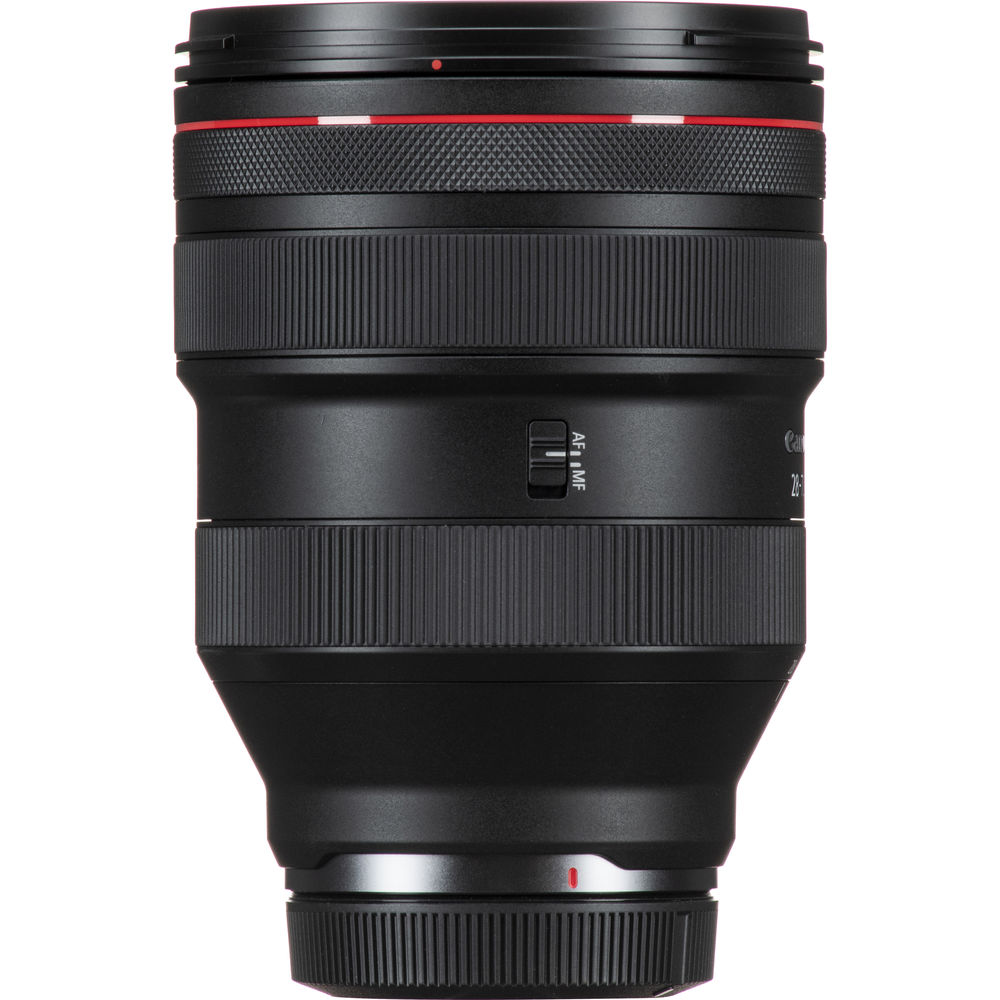

Figure 2 shows the difference between the two.

Ray height at the lens is simply how far away from the optical axis a ray intercepts the lens. In their Seidel form, aberrations chiefly have two dependencies on field, the position within the field of view/image height, and on ray height at the lens.
#System lens theory series
There are many aberrations, and they may be expressed as a power series expansion, this expansion is known as the Seidel Polynomial. All drops in MTF from the diffraction limit are the result of aberrations. 5876µm green-yellow light.Īs you can clearly see, the resolution limit decreases as the lens speed decreases. Figure 1 is a plot of the diffraction limit of several f numbers vs spatial frequency for.

It should also be clear that the diffraction limit is higher for shorter wavelengths, this is why photolithographic lenses used to print circuits as fine as 20nm or so (currently as of April 2015) are using extreme UV light at 190nm as a source. For diffraction limited systems, the MTF decays linearly with frequency and for all systems the MTF at 0lp/mm is 100%, so a simple slope calculation may be used to extrapolate for other frequencies. 0% MTF corresponds to zero contrast and means that a transition from 100% intensity to 0% intensity – white to black – will be rendered as 50% gray and it will be impossible to tell the two apart. This formula will return the spatial frequency in cycles per millimeter (lp/mm) at which the MTF is 0%. Where λ is the wavelength of light in µm. Of course as you will see below a bigger aperture grows some aberrations so there is a “competition” at play the winner of which will be determined by the skill of the designer and constraints placed on the design. This limit is known as the diffraction limit, and it may be calculated in terms of the modulation transfer function via the formula below. The lower the f number, the higher the resolution limit becomes. The only limitation in a “perfectly” corrected system is how fast it is - the maximum possible resolution of a lens is determined by its f number. If a lens is “perfectly” corrected for all aberrations and has even transmission across the entire spectrum of interest, it is completely “transparent” and will impart no character to the image. All of these things stem from imperfections (aberrations) within the optical system. Photographers will get into great debates about lens character, lens rendering and a whole host of other points of discussion. Brandon Dube for under exclusive licenseĬamera lenses are wonderfully imperfect devices.


 0 kommentar(er)
0 kommentar(er)
